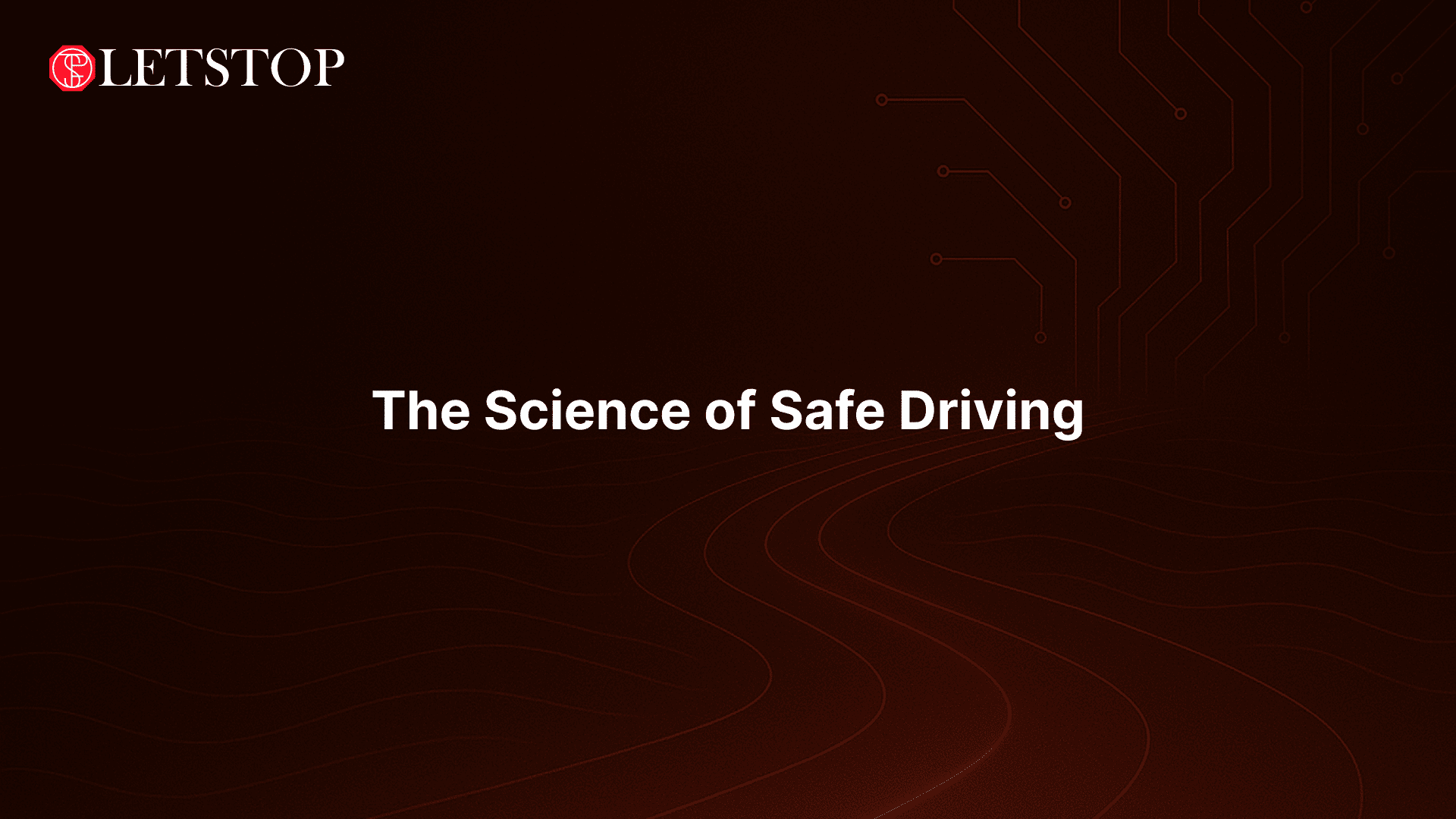Loading...
Preparing your learning content...
Preparing your learning content...

Learn the research behind attention, reflexes, and risk reduction.
Safe driving is not just common sense. It is the result of how your eyes, brain, and muscles work together under pressure. LETSTOP is built around these scientific foundations, especially attention and reaction time, so the app can encourage the habits that truly reduce risk.
When you drive, your brain constantly scans the road, predicts what might happen, and prepares your body to react. This process is called situational awareness. It only works well when your attention stays on one main task.
Every time you look at your phone, part of this attention system shuts down for a moment, even if you feel in control.
Reaction time is the delay between noticing a hazard and starting to respond. Even for alert drivers, it usually takes around one second before the foot actually touches the brake.
Small increases in reaction time translate into much longer stopping distances, which is why distraction is so risky.
Phone use in the car combines three types of distraction at once.
Because of this, even short glances at a phone are more dangerous than many other small distractions.
LETSTOP focuses on screen touches and movement patterns because they are strong signals of distraction.
By rewarding drives with fewer touches, the app encourages behavior that keeps your eyes and mind on the road, not the screen.
You do not need to remember every scientific detail. What matters is simple.
By following the same simple rule on every trip, you align your daily driving with what research has shown for years: focused attention is the strongest safety feature you have.
Put your knowledge into practice and start earning rewards for safer driving.